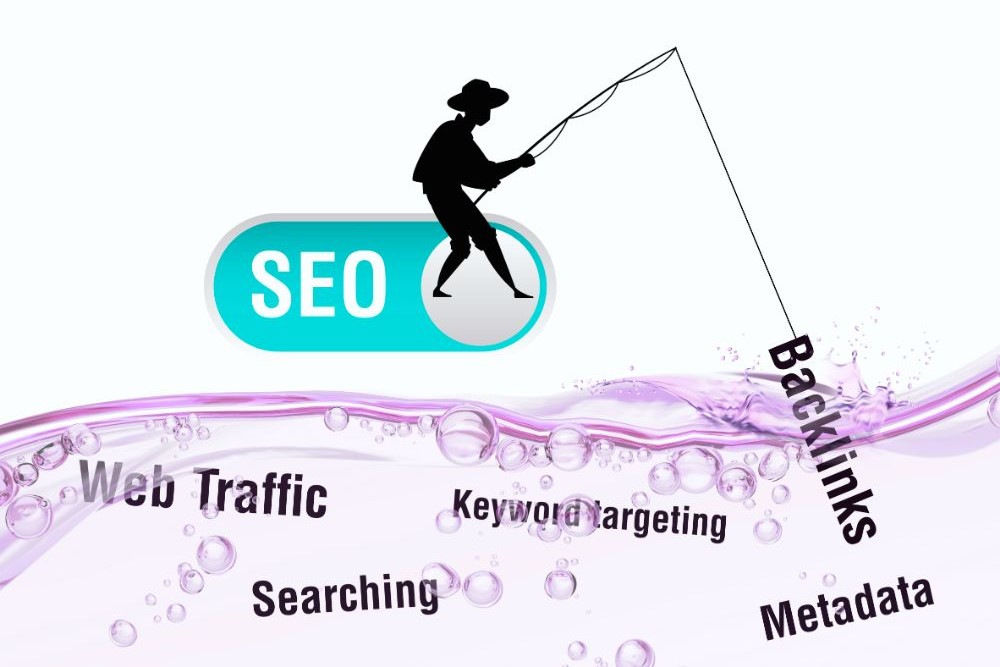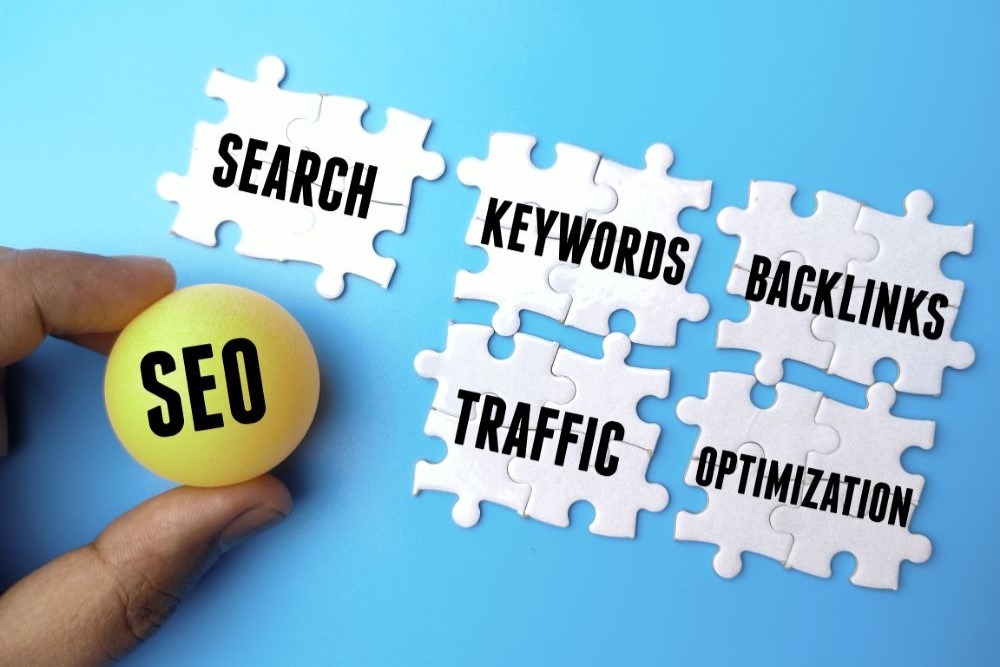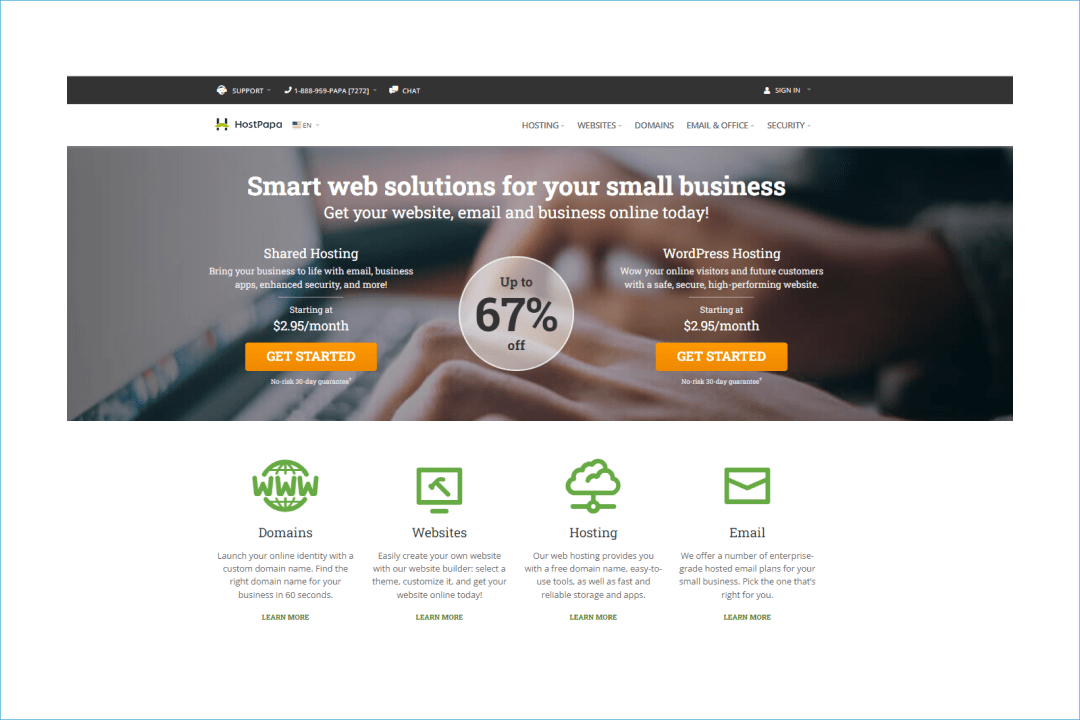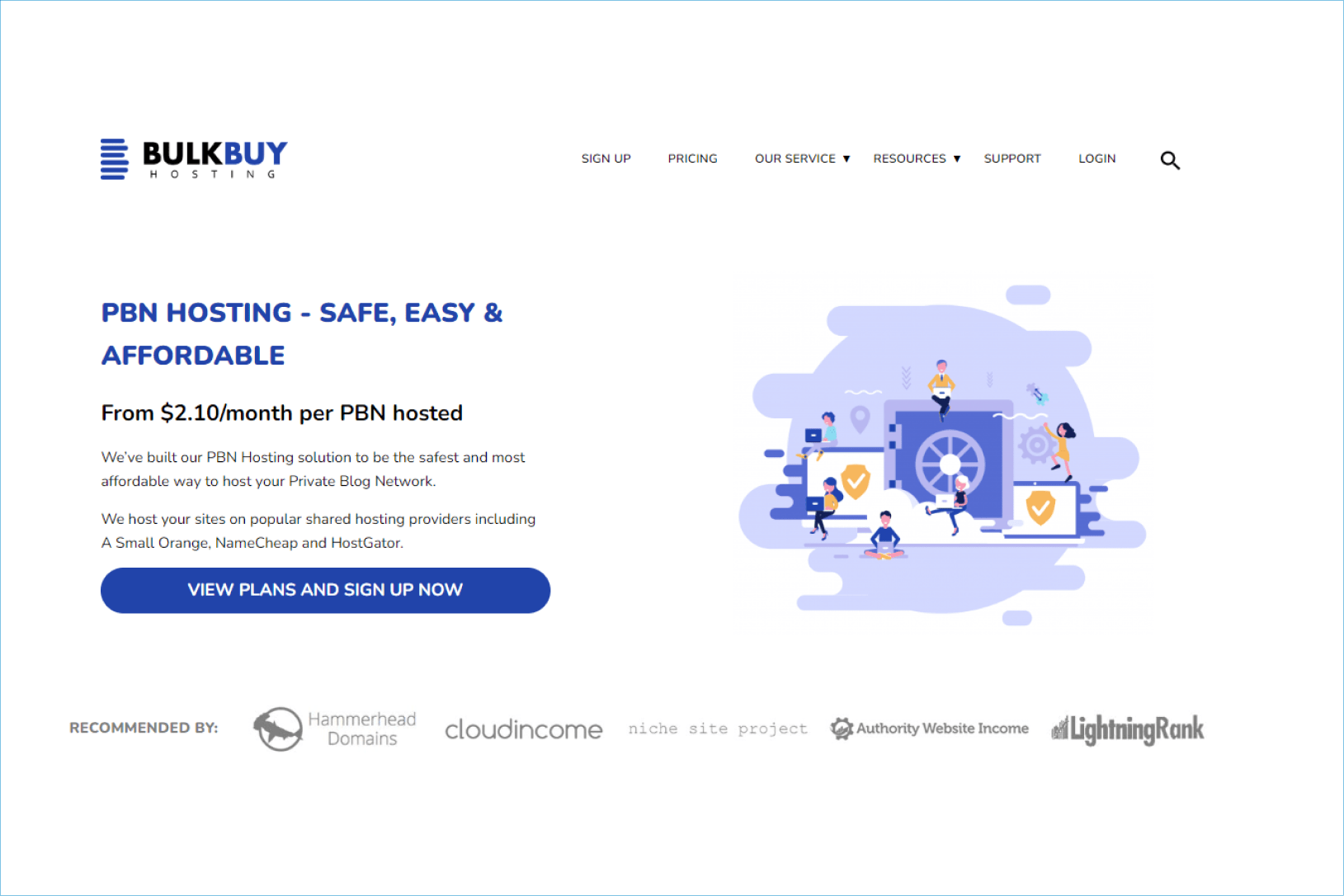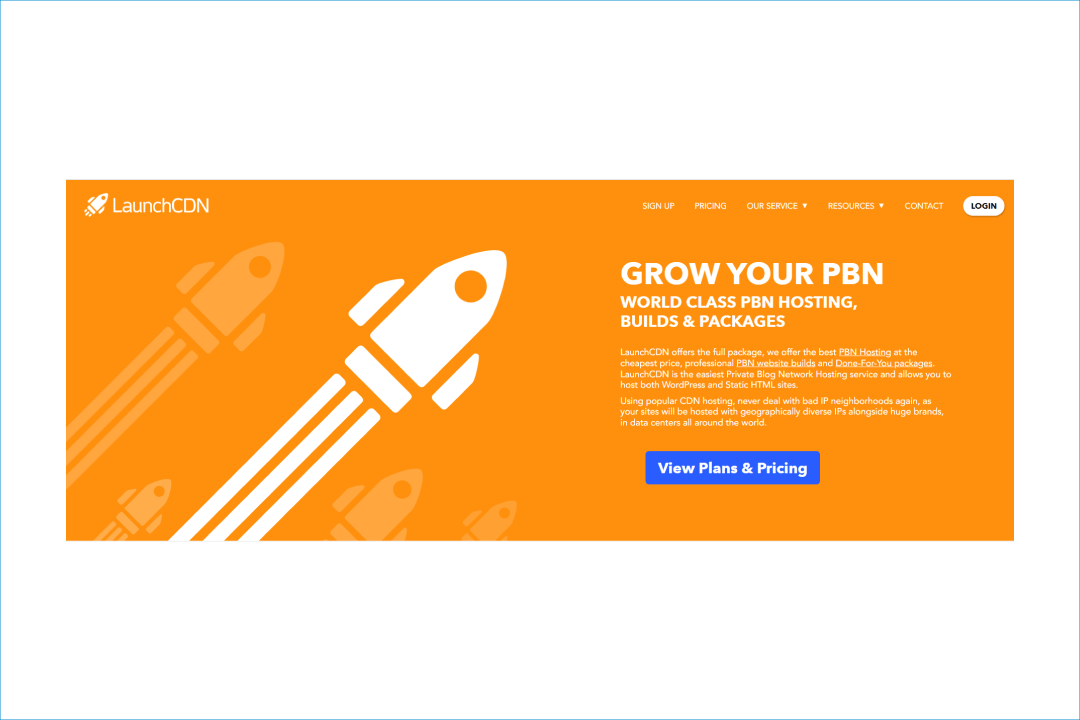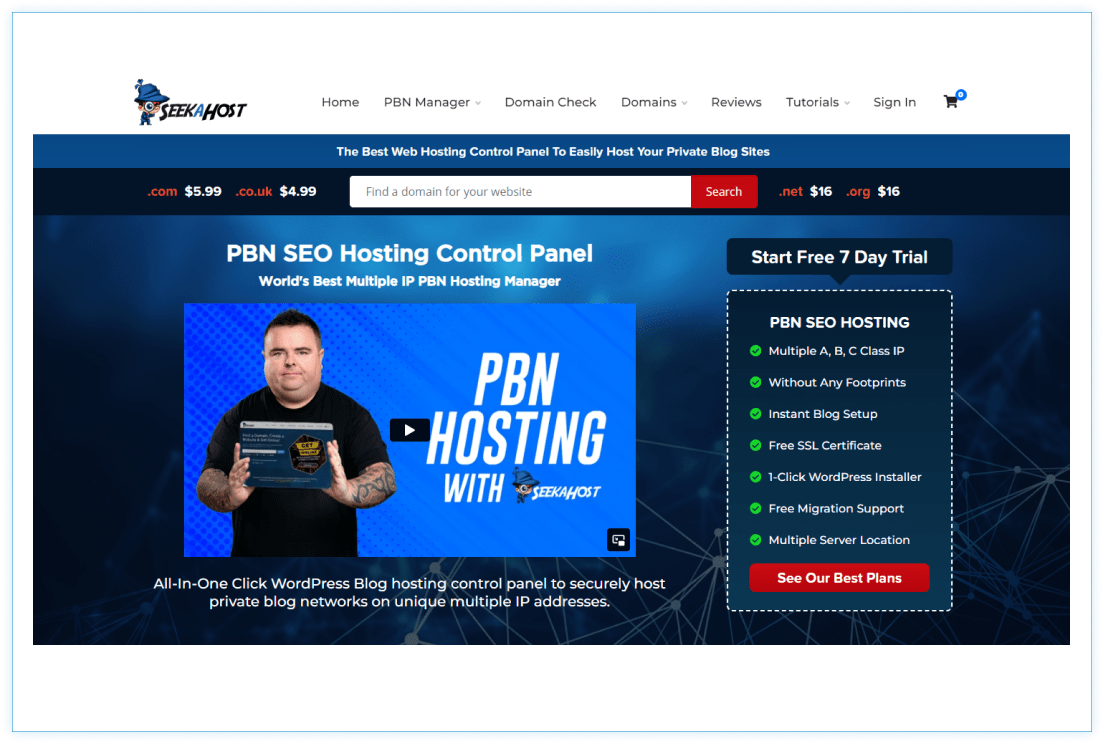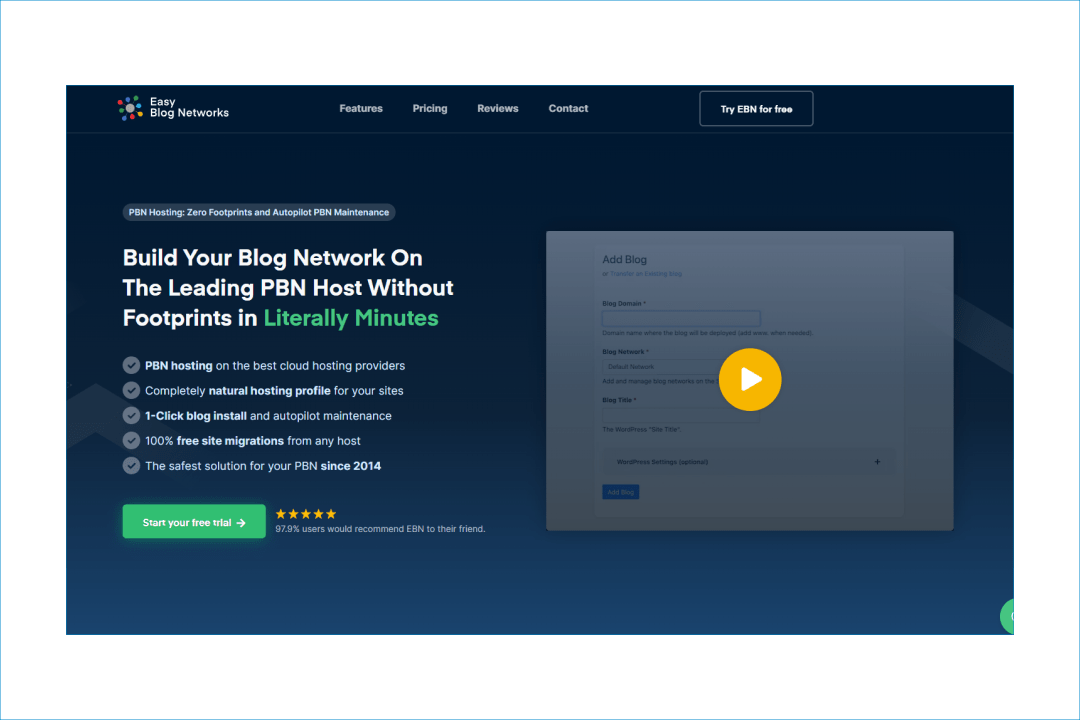
User Experience (UX) plays a crucial role in Search Engine Optimization (SEO) by influencing how users interact with a website or app. Understanding the impact of UX on SEO is essential for businesses trying to improve their online visibility and rankings.
In this article, we’ll explore how the user experience directly impacts SEO and why it’s essential for anyone looking to succeed online.
Key Takeaways
- User experience (UX) directly correlates with SEO, mainly due to elements such as site speed, mobile compatibility, and visual consistency.
- The clarity of website navigation and the quality of content in UX design can potentially increase user interaction, which in turn can positively impact SEO ranking.
- UX can affect SEO performance significantly by improving factors such as page load speed and adopting a responsive web design approach.
- User-focused design and content strategy can result in heightened user engagement, which can further enhance SEO ranking.
- Important UX parameters like bounce rates and the duration of a user’s visit on a page can be used as indicators to gauge the influence of UX on SEO.
What Is UX?
User Experience, commonly referred to as UX, is a crucial aspect of digital design that concentrates on the interaction between users and digital products such as websites. The primary objective of UX is to ensure a seamless and positive interaction for the user, which in turn, influences their perception of the brand the website represents.
The focus of UX goes beyond the aesthetics of a website. It also includes the functionality and efficiency of the site. The core components of UX encompass information architecture, interaction design, and visual design. Information architecture refers to the organization and structuring of information on the site. Interaction design pertains to the mechanisms that facilitate user interaction with the site, while visual design focuses on the look and feel of the website.
Effective UX is vital for user engagement and conversion rates, contributing to the overall success of a website or a digital product. A well-crafted user experience can lead to increased customer satisfaction and loyalty. Hence, investing time and resources in UX is crucial for any business operating in the digital space.
How UX Impacts SEO
The impact of UX on SEO can be explored through several key factors.
Site Speed
Fast-loading websites provide a better user experience, leading to higher engagement rates and improved SEO performance. When a website loads quickly, users are more likely to stay on the page and explore its content. This increased dwell time signals to search engines that the site is valuable and relevant to users, positively impacting its search rankings. Moreover, site speed is a critical factor in mobile usability, as slower loading times on mobile devices can frustrate users and lead to higher bounce rates. Therefore, optimizing site speed not only enhances user satisfaction but also improves SEO, especially in the mobile-first indexing era.
Mobile-Friendliness
With the rise in mobile internet use, search engines prioritize mobile-optimized sites, potentially resulting in higher search rankings for mobile-friendly websites. Mobile-friendliness is essential for providing a seamless user experience across devices, catering to the preferences of users who access websites on smartphones and tablets.
Google’s mobile-first indexing further underscores the significance of mobile optimization, as it considers the mobile version of a site as the primary source for indexing and ranking. Therefore, ensuring that a website is responsive and accessible on various mobile devices is crucial for maintaining visibility and competitiveness in search results.
Visual Stability
A stable website layout enhances user experience by preventing unexpected shifts or changes, which positively impacts SEO. Visual stability, often referred to as Cumulative Layout Shift (CLS), measures the extent to which elements on a web page move unexpectedly during loading. Websites with low CLS scores provide a smoother browsing experience, reducing user frustration and enhancing engagement. From an SEO perspective, a stable layout contributes to lower bounce rates and longer dwell times, signaling to search engines that the site offers a positive user experience. Therefore, prioritizing visual stability not only improves user satisfaction but also bolsters SEO performance.
Permalink Structure
User-friendly permalink structures improve site navigability, enhancing user satisfaction and contributing to better search engine rankings. Permalinks, also known as URLs, play a crucial role in helping users and search engines understand the content and structure of a website. Clear, descriptive permalinks that reflect the hierarchy of the site’s information make it easier for users to navigate between pages and sections. Additionally, search engines use permalinks to interpret the relevance and context of web pages, influencing their rankings in search results. Therefore, optimizing permalink structure for readability and usability can improve both user experience and SEO.
Navigational Elements
Intuitive navigation, such as clear menus and headers, helps users find information more easily, leading to longer site visits and lower bounce rates, which are beneficial for SEO. Navigational elements serve as roadmaps for users, guiding them through the content and structure of a website. Clear menus, prominent headers, and intuitive links facilitate seamless navigation, reducing friction and enhancing user satisfaction.
From an SEO perspective, easy navigation encourages users to explore more pages within a site, increasing dwell time and decreasing bounce rates. Search engines interpret these user behaviors as signals of a positive user experience, potentially improving the site’s search rankings. Therefore, optimizing navigational elements is essential for enhancing both user satisfaction and SEO performance.
How To Improve SEO with UX Design
Improving your site’s user experience can significantly improve its SEO performance.
Conduct User Research
Begin by understanding your users’ needs and behaviors through comprehensive user research. Gather both qualitative and quantitative data to gain insights into how users interact with your website. This information will help you identify areas for improvement and prioritize UX enhancements that can positively impact SEO.
Ensure Mobile-Friendliness
Optimize your website to be mobile-friendly, as an increasing number of people use smartphones and tablets to access the internet. Implement responsive web design techniques to ensure that your site functions seamlessly across various screen sizes and devices. A mobile-friendly website not only enhances user experience but also improves your search engine ranking, as search engines prioritize mobile-optimized sites.
Improve Site Speed
Enhance your website’s loading speed, as a slow website can frustrate users and lead to higher bounce rates. Utilize tools like Google’s PageSpeed Insights to identify areas for improvement and implement necessary changes to optimize site performance. Improving site speed not only provides a better user experience but also boosts SEO, as search engines favor fast-loading websites in their rankings.
Increase Engagement with Well-Designed Content
Create high-quality, relevant content that engages your audience and encourages them to stay longer on your website. Use clear, concise language and strong calls-to-action to guide users towards desired actions, such as making a purchase or signing up for a newsletter.
Engaging content not only keeps users interested but also signals to search engines that your website offers valuable information, thereby improving your SEO performance. I recommend you to check out our article: How to do SEO by yourself.
Conclusion
In the dynamic digital landscape, the symbiotic relationship between user experience and SEO is undeniable. Websites that prioritize UX considerations not only enhance user satisfaction but also improve their visibility and rankings in search engine results.
By focusing on factors such as bounce rates, mobile responsiveness, website speed, content quality, and accessibility, websites can create compelling experiences that resonate with users and search engines alike, ultimately driving organic traffic and achieving sustainable success in the online arena.

























